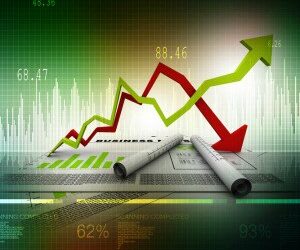Australians are drawing down on their mortgages at record levels to pump money into superannuation.
Fresh data from ABN Amro suggests a close correlation between record super inflows in the second quarter of 2007 and a record increase in household debt, most of which was in the form of mortgages.
The investment house said net super inflows totalled a record $49 billion in the second quarter, up from an average inflow of $20 billion per quarter over the preceding 12 months.
Households drew down equity in their homes to the tune of 8 per cent of income in the quarter to cash in on the Federal Government’s super reforms.
The surge was most notable in retail funds.
“With little change elsewhere on the balance sheet, this indicates that households effectively used debt to tap the equity in their homes to invest more money in superannuation,” ABN Amro analyst Kieran Davies said in a report.
The data suggests that hype about the window of opportunity to place $1 million into super overlooked a trend towards increased borrowing as a means of boosting super balances.
“Many more people were likely to invest a smaller amount in order to boost their superannuation balances,” Davies said.
“This seems to fit the pattern of borrowing as the very rapid acceleration of borrowing in the first half of the year peaked in June and subsequently abated.”
The Association of Superannuation Funds of Australia reported that fewer than 5500 people had more than $1 million in a personal retail super fund.
Davies said older people were selling investment properties to younger mortgage holders and putting the proceeds into super.
In the first half of the year, total debt grew at the fastest rate since the peak of the house price bubble in 2003.
ABN Amro warned that the Reserve Bank of Australia would read the big increase in gearing as a signal to raise interest rates again soon, barring further weakness in the world economy.







